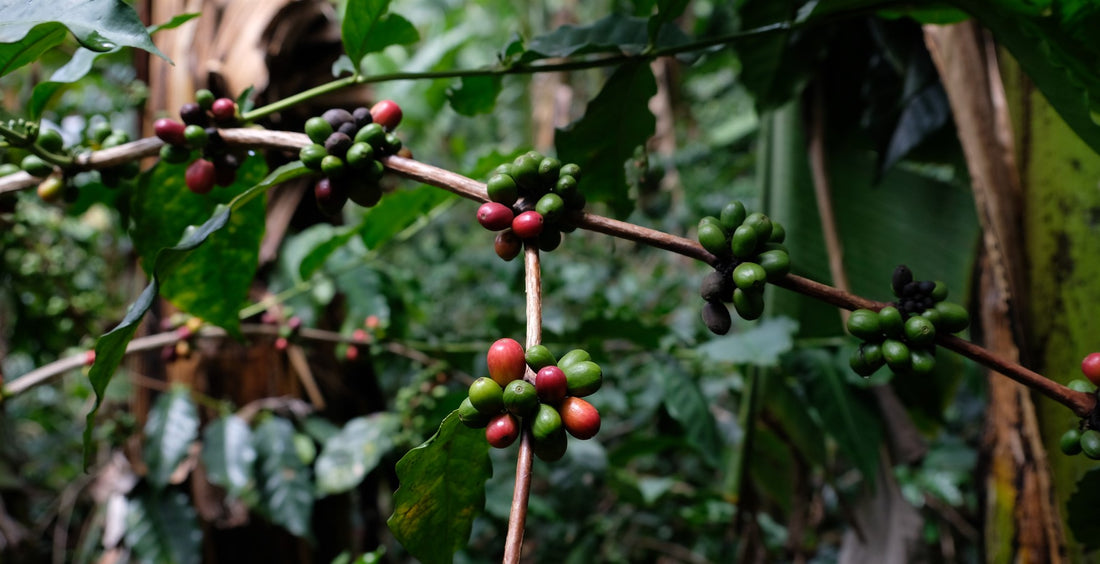
It starts in the ground
If you're a coffee lover, you might be curious about where your favorite drink comes from. I don't mean how it's brewed or prepared, but the actual plant that produces the coffee beans.
Coffee is part of a large "family" of plants, ranging from the ancient wild arabica to the modern hybrids we see today. Coffee belongs to a group of plants called "Coffea", which has hundreds of species. Only two of them are widely grown for commercial purposes: Arabica and Canephora (Robusta). Arabica coffee is usually considered as specialty coffee and is preferred by most specialty roasters, while Robusta is mainly used in the mass-market coffee industry and in some espresso blends.
Robusta has some advantages over Arabica, though. It is more resistant to diseases that can affect coffee plants, such as leaf rust. Leaf rust is a fungus that can destroy entire crops of coffee.
Did you know? Sri Lanka used to be a major producer of coffee in the region of Ceylon. But leaf rust wiped out almost all the coffee trees, and Ceylon had to switch to another crop that was immune to the fungus: Tea.
Have you ever tried to grow a coffee tree in New Zealand? I did... and it didn't go very well.
Coffee grows best between the tropics of Capricorn and Cancer. Outside of these zones, there is a risk of frost. Coffee trees hate frost. Coffee also likes high altitudes, and flavor of coffee changes depending on how high it grows. Coffee beans take longer to mature at higher altitudes and produce a harder bean that usually has a higher acidity and a sharper taste. High altitude coffees like Kenyan coffees are known for their bright acidity and are often used in filter coffee. Other factors, like rainfall, sunlight, soil, and farming methods also have a huge impact on the taste of coffee.
The taste you get in your cup is not just the result of how you brew or roast your coffee, but also how it was grown and harvested. In our next blog we will talk about the role of processing methods and the flavours that can impart in the cup.
